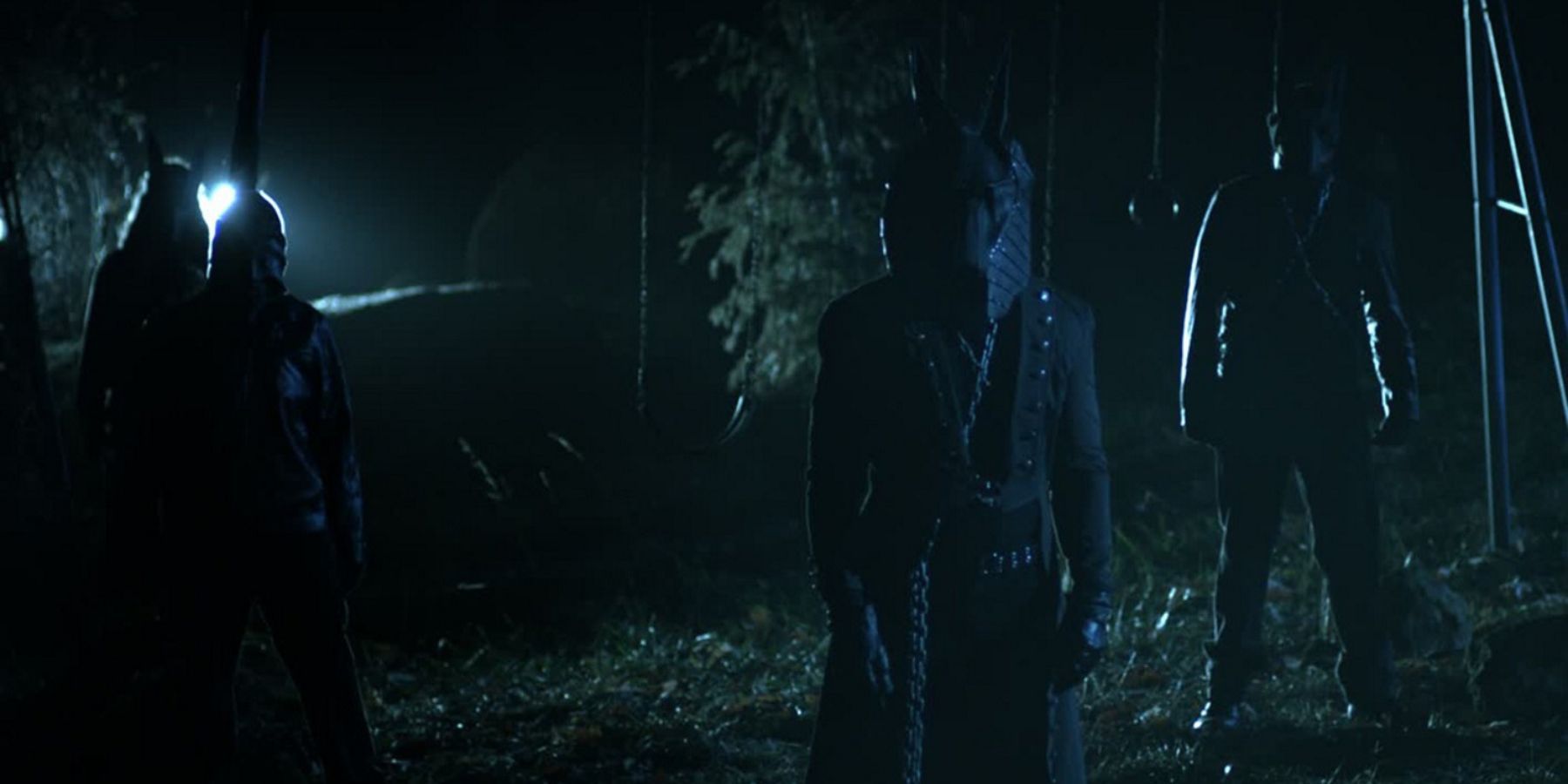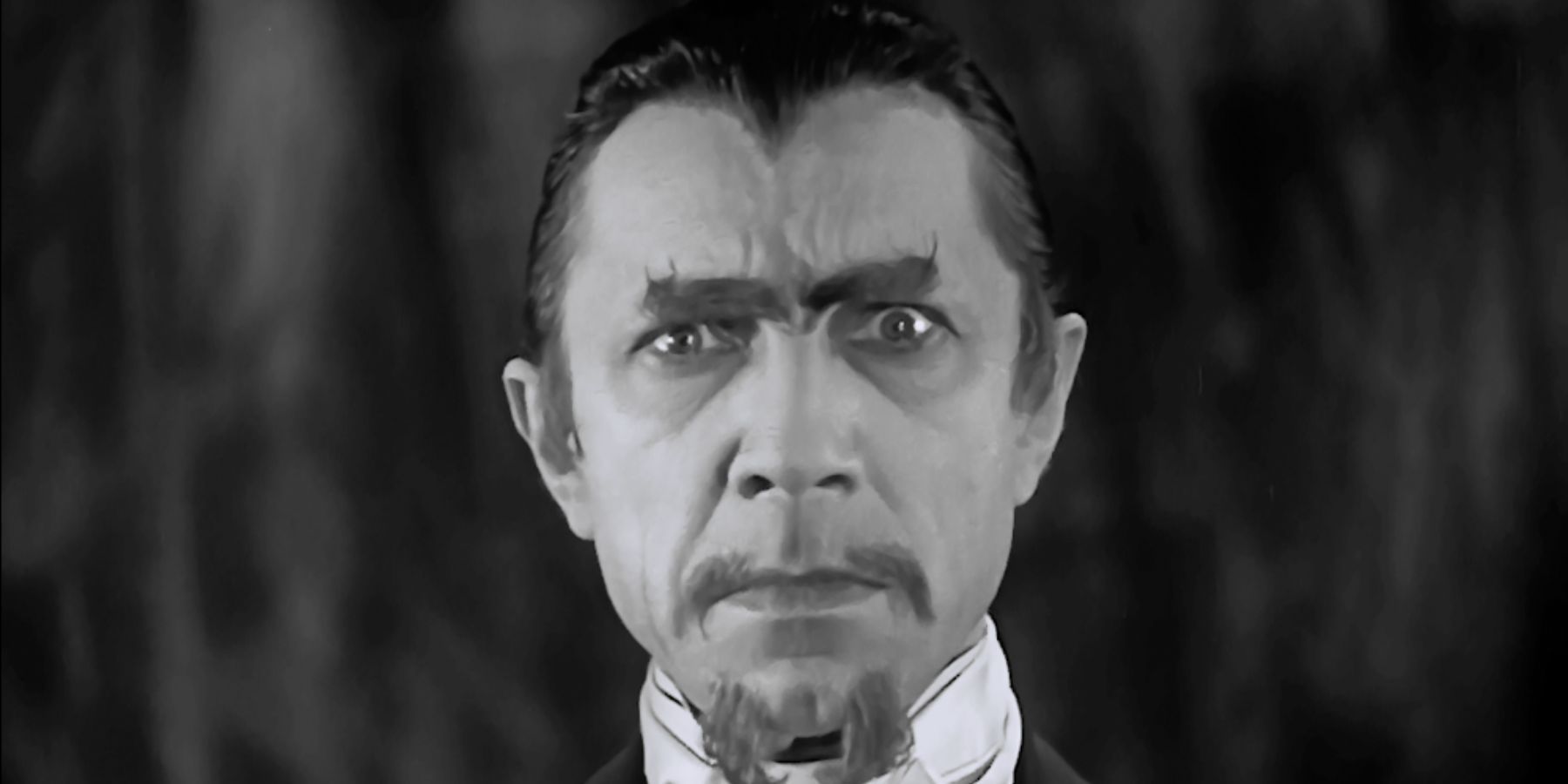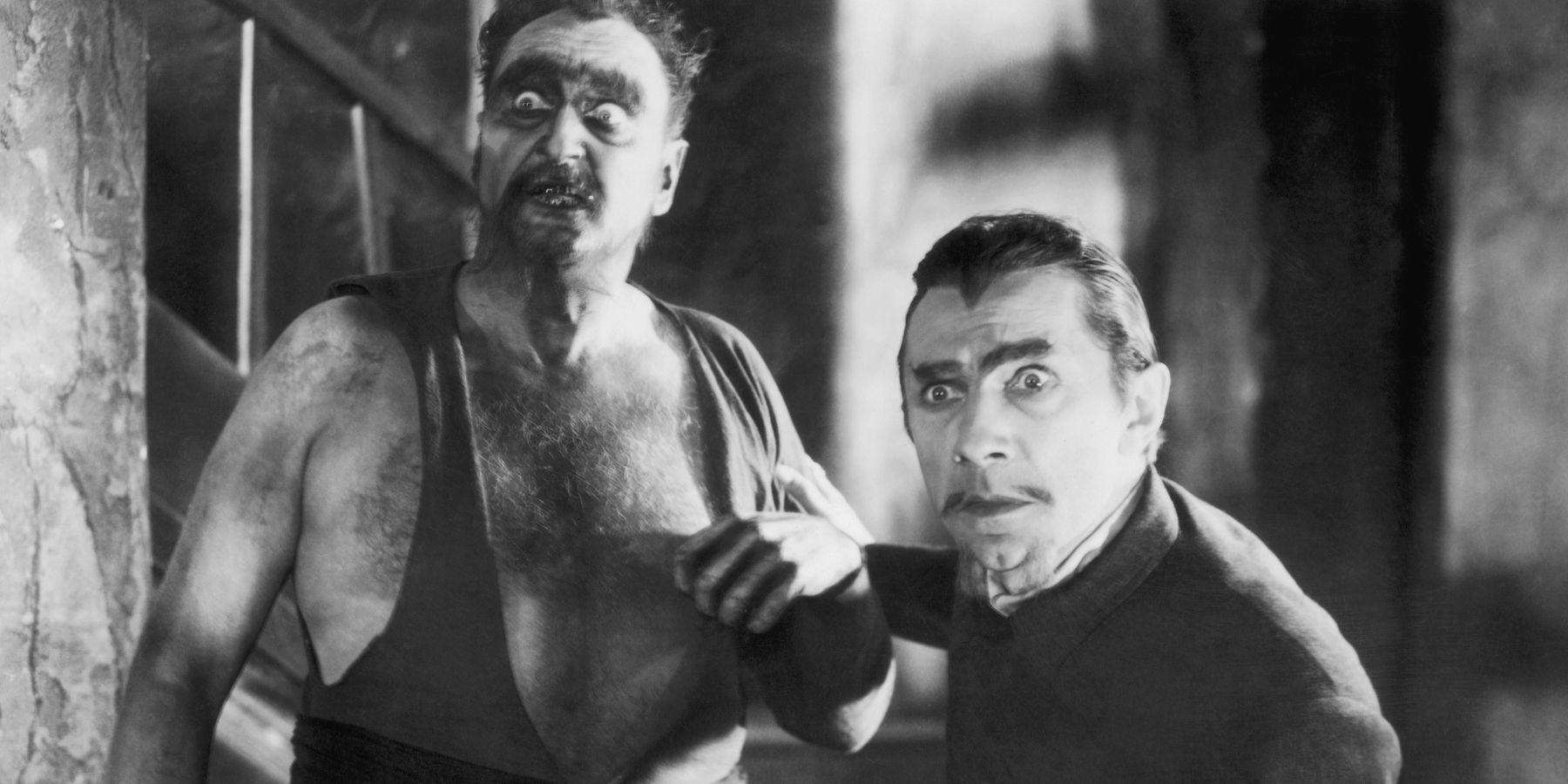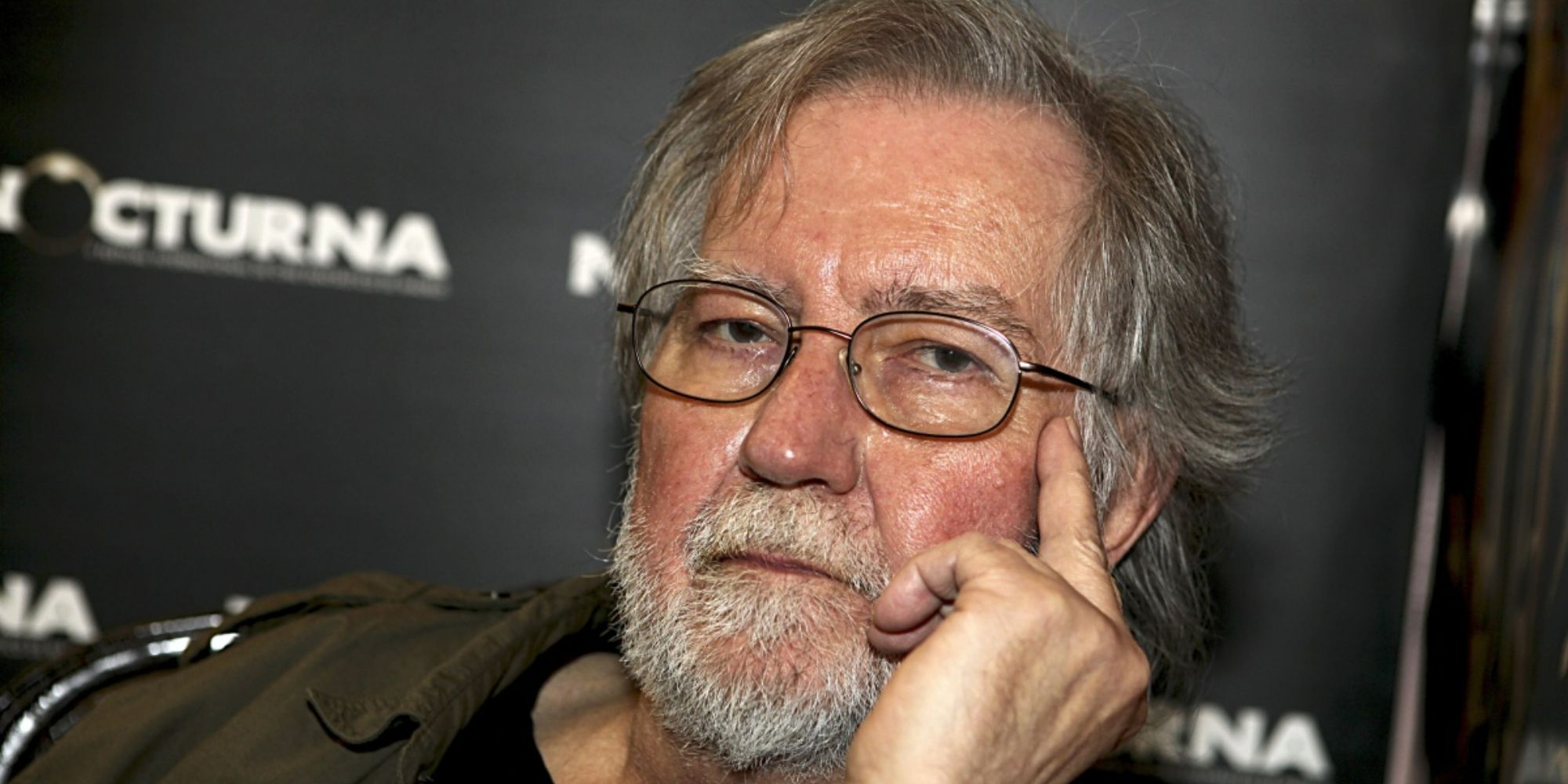Imagine having the opportunity to choose any great director in the scene to collaborate with as part of a once-in-a-lifetime agreement. At the time, this would have been author Jared Rivet. Although the opportunity would not last long, he was granted the chance to work side by side with Tobe Hooper, the director of The Texas Chainsaw Massacre, on an almost-adaptation of White Zombie, and it all began with a single draft.
The script would be titled Killers of the Dead, Jared Rivet, the writer of the 2017 cult horror film classic Jackals and 2019's Are You Afraid of the Dark miniseries, turned the head of Scott Kasar, the author of the popular adaptation, 2003's The Texas Chainsaw Massacre. At the time, zombies were of a dying breed in the genre, and it would take time before they would surface again and make huge waves in horror scenes again.
"So I had written this George Romero zombie movie that was set in Mexico, and it was about a zombie plaque breaking out there," Rivet would reveal in Dark Horse's Untold Horror. "The National Guard and Army show up to build a wall between the US and Mexico, to keep the zombie plague out, and two Walter Hill-esque tough guy US Border Patrol agents hop the fence and go into zombie infested Mexico because one of them has family there."
Kasar would take the revolutionary project to Endeavor Talent Agency and Marcus Nispel, director of 2003's The Texas Chainsaw Massacre. While any prospects of making the film would fall through, it would garner a bit of attention. Rivet would be signed to Evolution Entertainment, a melting pot of horror's greatest luminaries, including Tobe Hooper. When Rivet gained knowledge of this, his agent would get him the script for Sacrilege, a film that would evolve into Kevin Greutert's Jackals, famous for his work on the Saw films. All of this would eventually get Hooper's attention, getting Rivet something few budding writers would ever get in their whole life with Hooper: A one-on-one meeting.
"They put us together and we hit it off," he said in the interview. "I was fanboying all over the place like an idiot, but at the same time he could tell I was passionate about cinema. It wasn't that I was just this Tobe Hooper fan-- though I really was."
After meeting with Rivet it was clear the two not only had a great connection but the drive to create and take horror places the genre had never been before. Hooper decided to keep working with Rivet, spawning the idea of the infamous White Zombie. The idea of a remake of a zombie classic seemed to have nowhere else to go but up at a time when horror remakes were making a chilling splash in the world of cinema. Hooper at the time had been approached by the acclaimed producer of The Amityville Horror's Steve Whitney and Only The Brave's Mike Menchel to do a remake of the 1943 gem Jacques Tourneur's I Walked With A Zombie.
"RKO pictures rose from the ashes and was going to do remakes of the entire catalog slate," exclaims Rivet. Strangely enough, he was called in to pitch for a remake of I Walked With A Zombie. He called me up after that meeting and said, "Hey dude, You should really take a look at I Walked with a Zombie."
While the idea started with them talking about Tourneur's I Walked With A Zombie, conversations would soon drift towards 1932's White Zombie, taking the project in a new and different direction.
Based on a book by William Seabrook, White Zombie would be adapted to a film by Garnett Weston and Victor Halperin. They would go on to make one of the first zombie motion pictures the world would ever see. White Zombie, which starred Bela Legosi in his prime and was made with an astonishing 50,000 dollars and repurposed Universal Studios sets for the time, drew money from the iconic Dracula film, which cemented Legosi's reputation but sadly typecast him in a position he would never leave.
In White Zombie, Legosi is painted in a similar light as the head-strong villain named Murder Legendre. A voodoo practitioner who uses a white substance he concocts and his mesmerizing gaze to gain control of people, transforming them into zombies. A couple of Madeline Short and her fiancé, Niel Parker, travel to the plantation owned by Charles Beaumont. He slips Madeline some of the poison so that she dies before the wedding ceremony, as he has designed to take her away from Neil and wants Murder to help him carry out his plan. After she dies, Murder brings her back as a zombie. While all things seem to go according to Beaumont's well-laid-out plans, Niel, being intoxicated one night, sees that the casket is empty. He then enlists the help of Dr. Bruner to help him figure out the mystery behind his fiancé's disappearance.
While all of this is happening, Charles begs Murder to reverse what they have done to Madeline at Murder's castle, as a soulless corpse was not what he wanted for a partner. But Murder has no interest in fulfilling Beaumont's wishes and proceeds to zombify him instead. Once he has done this, he carries out his plan to send his little army of zombies to go kill Niel. With Dr. Bruner's help, the plan falls apart, with Murder and Charles falling to their demise off a cliff. Because Murder is no longer alive and cannot control her, she is reunited with her husband.
Rivet would then take this frightening take on a zombie tale and start doing a treatment of the film. The film would follow the same premise as the original but with more characters, more underlying twists within the narrative, and an emphasis on further developing the zombie in the modern world. Niel and Madeline would arrive in the Bahamas with their younger brother Kevin, and five of their closest friends as they get ready for a wedding and their honeymoon. Traveling to their uncle's lavish property, they find he is building a resort.
Before their arrival, residents in the neighborhood who are burying a body on the road and performing some sort of ritual to prevent the body from being taken almost assault them. They begin to understand the employees constructing the resort are not ordinary workers, but rather workers under Rene Legendre's (Mr.Murder) influence after settling in and getting to know Charles' colleagues, Silver, and Dr. Bruner. Rene uses the same powder he uses to control the workers to poison Madeline. Like the original film, she is resurrected so that Charles can be with her. Flabbergasted by her transformation, she is soulless. To make matters worse, Niel and the others will not leave without Madeline's Body, discovering she is still alive.
Legendre tries to create the "Red Wedding" of all weddings by taking matters into his own hands by poisoning Charles and releasing his undead army at the wedding party. Eventually, Charles and Dr. Bruner manage to gain control of the situation, and they go after Legendre who is ripped to pieces by the ones he tried to control. Kevin releases their souls that were trapped in Legendre lair. When it appears to end in a happy victory, Madeline throws herself off a cliff even though Niel has saved her life while Charles and Silver escape via private plane. With Rivet's writing and Hooper's direction, White Zombie would evolve into some that were more erotic, visceral, and edgy.
"He said okay if they're dead, and you are going to use them for labor, they're going to start rotting and attracting flies," Rivet would say in his interview. So he had them wearing mosquito netting that would kind of adhere and grow into the gore of their rotting flesh ... So just by their appearance they were very Clive Barker Cenobite-like, but in an untidy way."
Hooper was no stranger to pulling off larger-than-life ideas in the world of horror. Before trying his hand at White Zombie, Hooper would give us a taste of this with 2005's Mortuary, where he would then go on to direct Masters of Horror short Dance with the Dead a year after. However, White Zombie would suggest itself to being a far more different experience. Everything from location, makeup, and special effects would have to top those efforts. To do this, he wanted to go back to the basics. He wanted to keep the film's dreamlike aspects by exclusively filming on sets, drawing influence from Bram Stoker's Dracula.
But Hooper would always struggle with his artistic pursuits: Something that wasn't entirely alien to those who collaborated with him. From Eaten Alive, Poltergiest, to Djinn, Hooper would see the cycle sadly repeating itself with White Zombie.
"We had an eight hour production meeting where Tobe and I sat in this conference room with these seven other producers who told us these things that we wanted to do, and not only where these things destroying Tobe's vision for it-all the ideas, the passion for it we had put into it-they were also nickle and diming it down to the point where it was going to suck." Rivet recalled in an interview with Untold Horror. "It was going to be a terrible movie."
Rivet was starting to lose hope. Because negotiations were failing miserably, things would only get worse moving forward. Despite the project starting to deteriorate, Rivet would do his best to stay by Hooper's side. The making of the White Zombie movie was on the line, and just when it appeared that the concept had vanished like the undead fantasy it had launched years earlier, it would be revived in 2012—but without Rivet. Whitney and Menschel would continue to back the project with Tobe attached to it. New writer Brandon Wyse would write the new story for the second attempt. White Zombie would then transform into White Zombie: Louisiana. Wyse would take a different approach from Rivet, containing the story in a classic George Romero-style zombie world, but with flavors of The Devil's Advocate, peppered with The Serpent and The Rainbow.
Hooper would be more accommodating throughout this rewrite process, and even though Wyse had never met Hooper, his version of the film would be favorably received.
"Steve Whitney loved it, Tobe loved it, " Wyse would recall in his interview for Untold Horror. "He probably changed four or five pages-amp it up a bit more, add some jump scares, things like that, it was very minimal. I got praise, and my head almost turned into a booster rocket and flew off."
For once, it seemed like the dream of turning White Zombie into a remake was about to come true. Tobe would sign the agreements with a proposed 7 million dollars going towards the picture with the promise of quick production. Quick production would last for days, then for weeks, then for months, and finally for four years. Wyse wouldn't get a penny out of the deal. Tensions between Wyse and Whitney would fester, and if things could not get any worse, they would.
The second run-through of White Zombie would take a second hit when producer Whitney nearly died of a heart attack and kidney failure. He would recover in 2015, after receiving a double transplant. When Hooper passed away in August 2017 at the age of 74, White Zombie would abruptly draw its last breath. The project would come to an end.
While there hasn't been an active attempt to revive these ideas that Tobe Hooper had a hand in creating, the concept seems tempting enough for hungry filmmakers of today to properly try their hand at resurrecting the 1932 classic. White Zombie has all the ingredients to make a fantastic respectable remake, but it's sad to say there will never be one with quite a unique vision as to one of horror's most original and creative minds, Tobe Hooper.
Source: Untold Horror - Tobe Hooper's White Zombie Interview - Dark Horse Comics Production

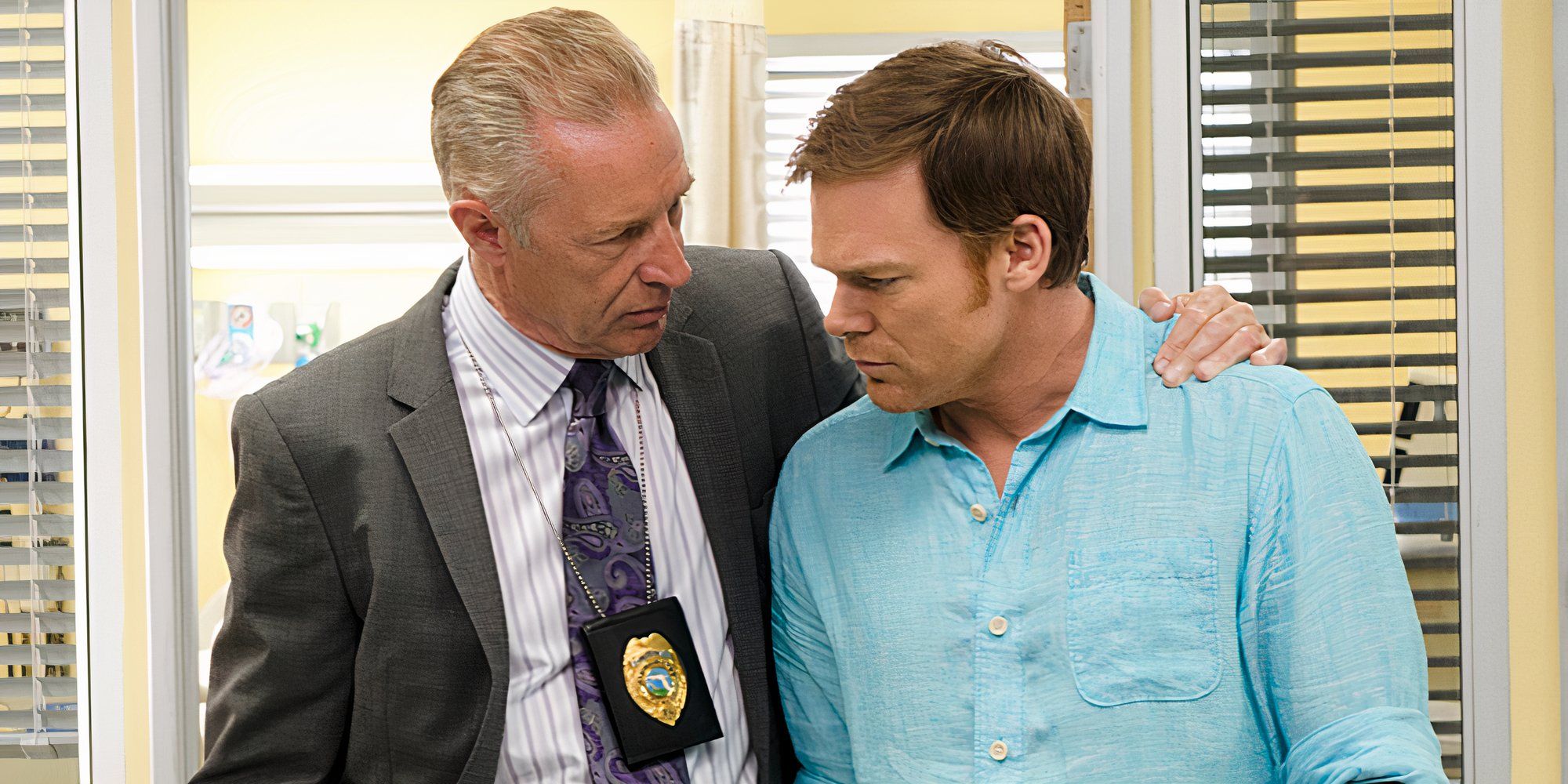
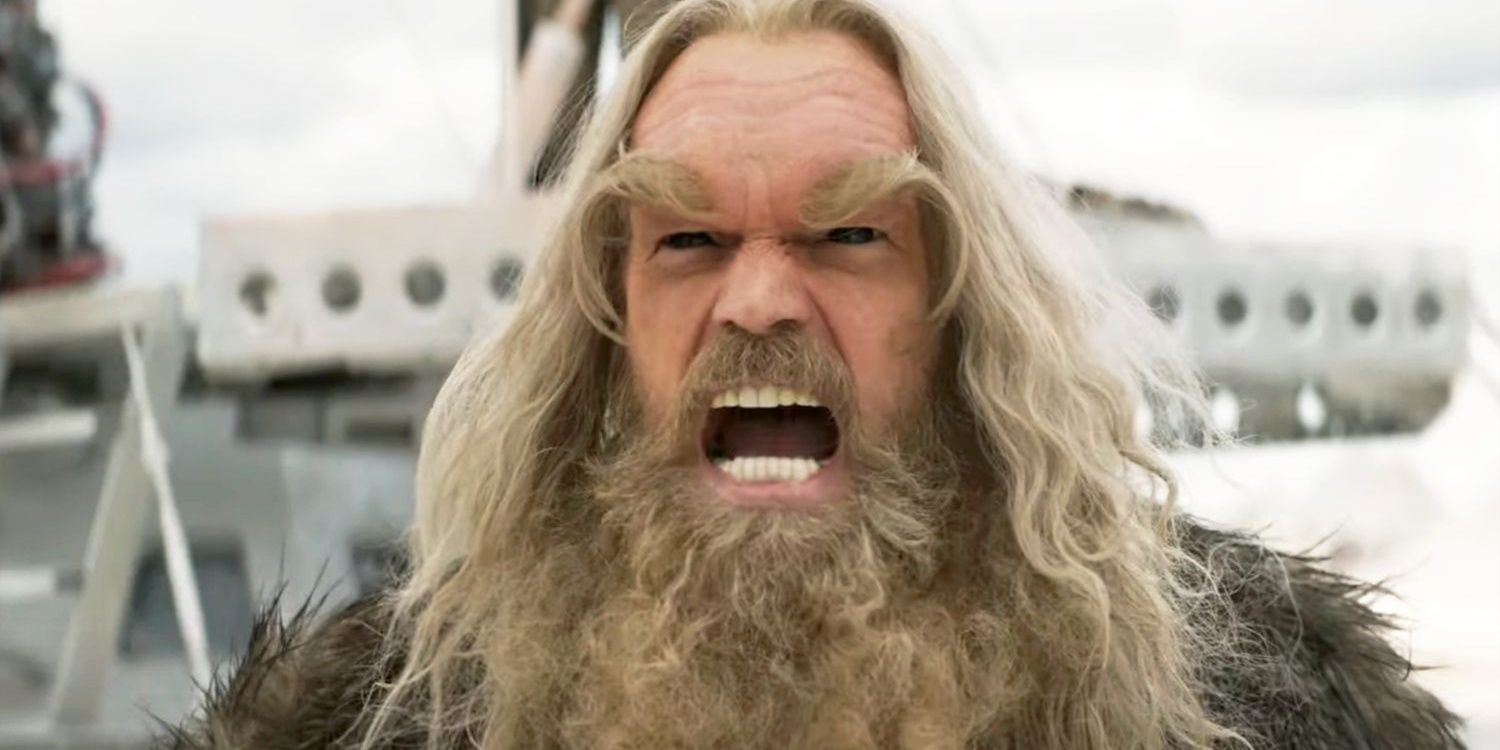
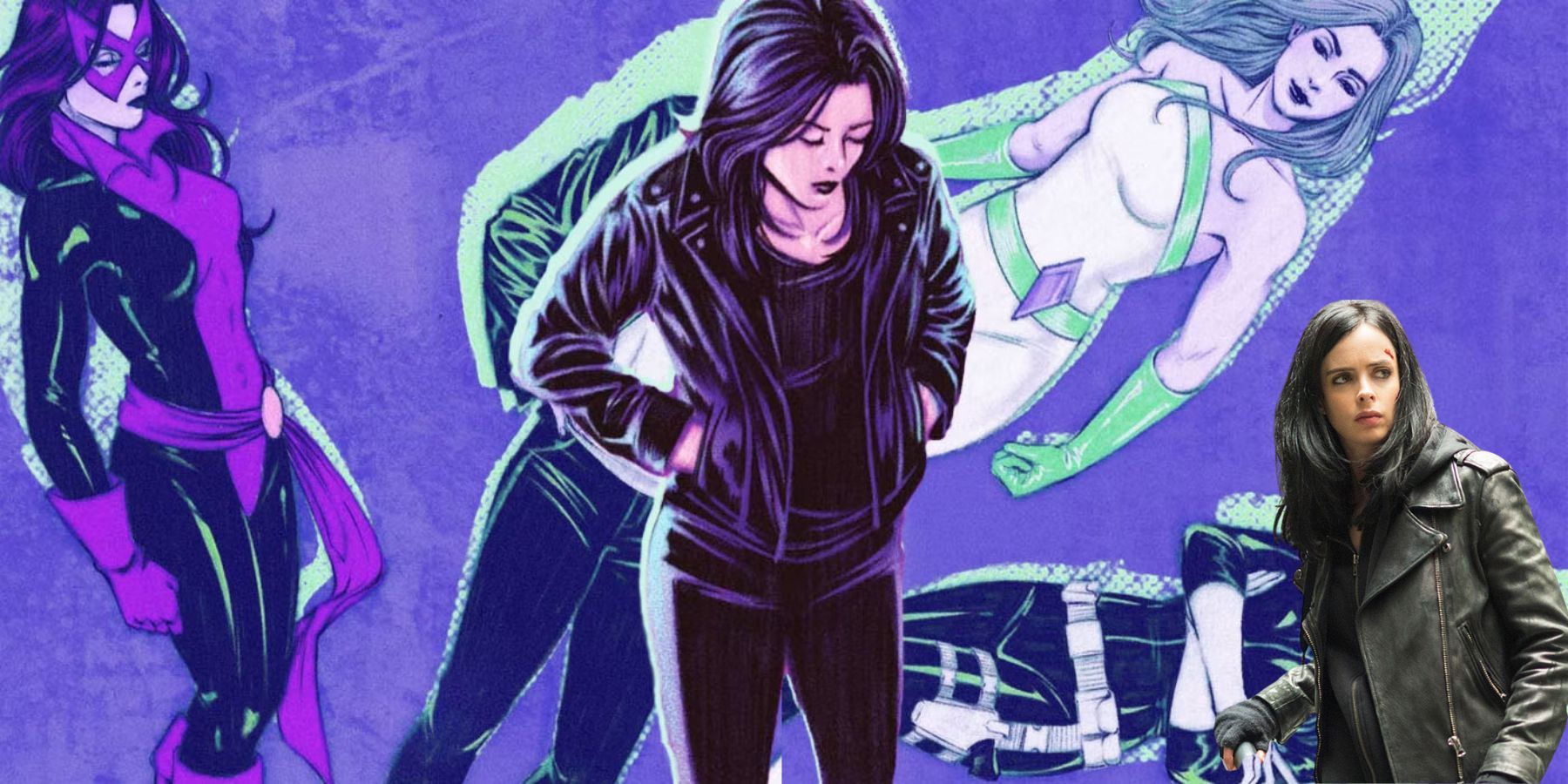
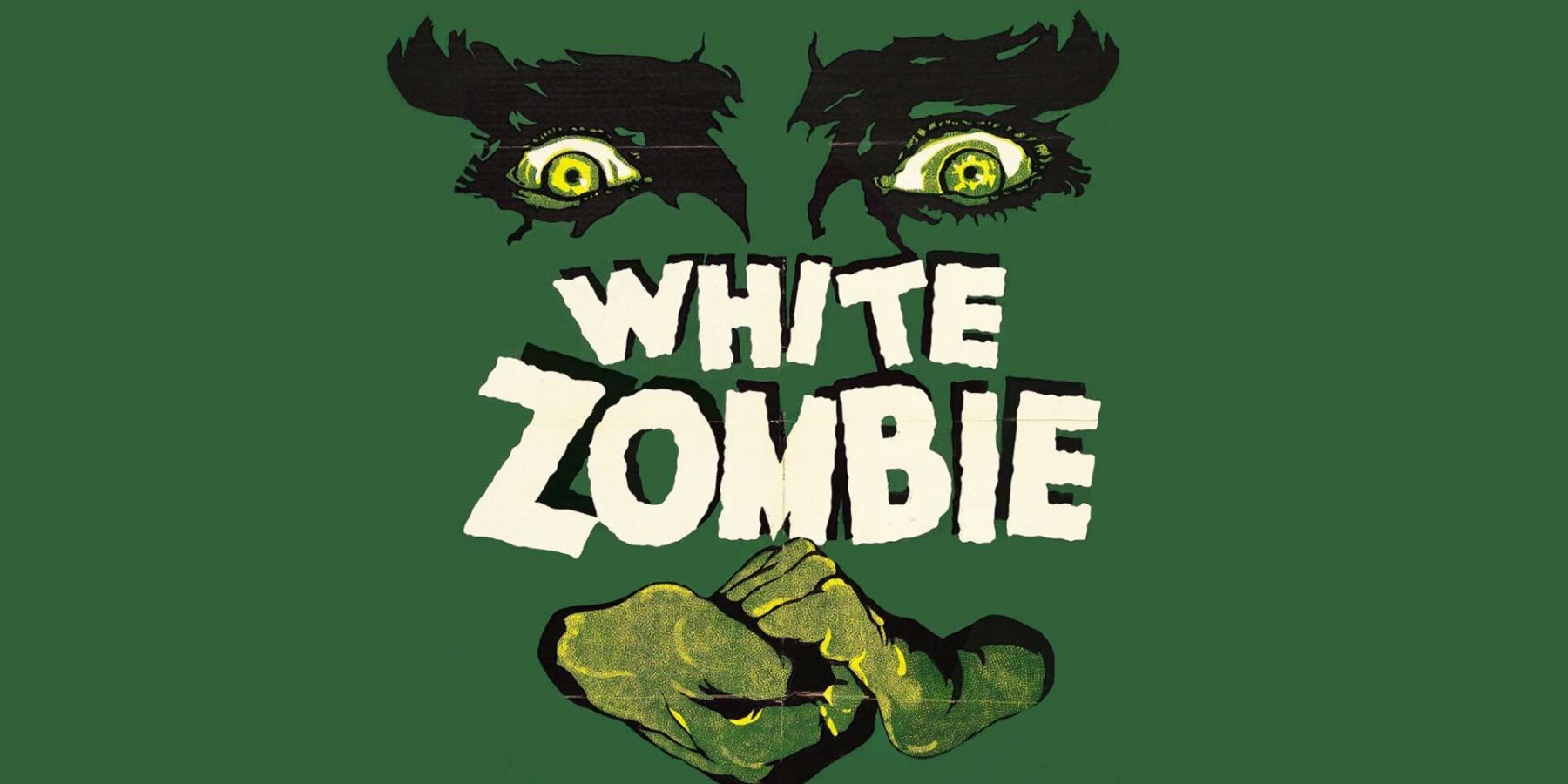
.jpg)
